Enjoying a steak is often more than just a meal; it’s an experience. Whether you’re at a high-end steakhouse or grilling at home, the choices you make can significantly impact the quality of your dining experience. Here are 20 common mistakes people make when ordering steak, and how to avoid them for the best possible meal.
Ignoring the Cut
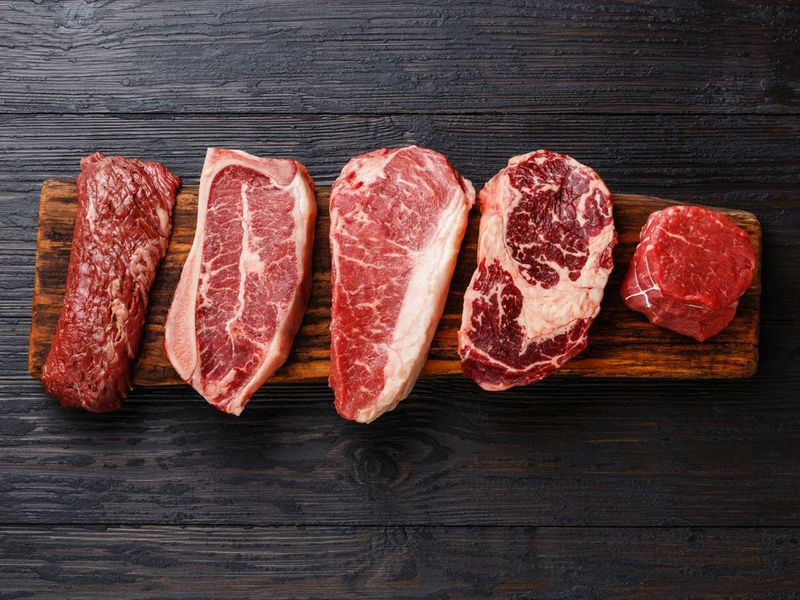
Choosing the right steak cut is crucial. Different cuts have different flavors and textures. While some may prefer the tenderness of a filet mignon, others might enjoy the robust flavor of a ribeye. It’s essential to recognize what you’re looking for in a steak to make the best choice.
Understanding steak cuts can transform your dining experience. Each cut varies in marbling and tenderness, influencing the overall taste. Therefore, knowledge of cuts goes a long way in ensuring satisfaction.
Are you going for a lean cut or something more flavorful? Make informed decisions to enhance your steak experience.
Overlooking Marbling

Marbling refers to the white flecks of fat within the muscle of the steak. This fat is critical as it melts during cooking and provides flavor and juiciness. However, many diners overlook the importance of marbling when ordering.
The presence of marbling can elevate any steak’s taste profile and ensure a juicy bite. A good balance ensures that the steak remains moist and flavorful, making each bite a succulent joy.
Selecting a steak with the right amount of marbling is essential, especially if you’re after a rich, buttery flavor. Choose wisely to enjoy the ultimate steak.
Disregarding Thickness
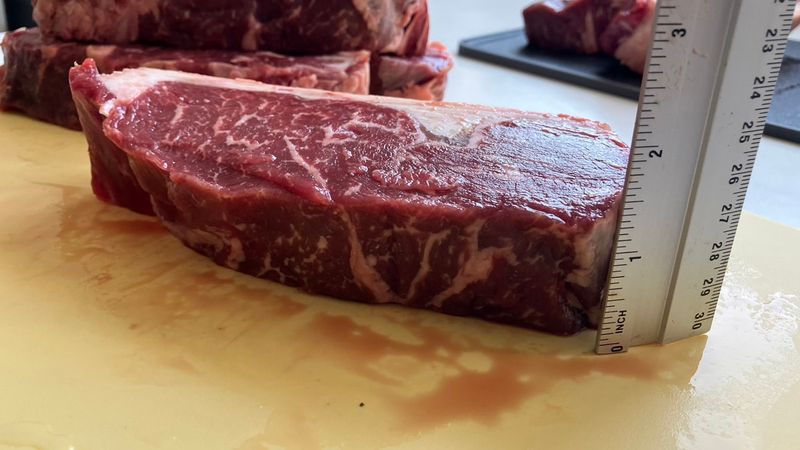
One might not realize, but the thickness of a steak can significantly impact its preparation and cooking outcome. A thin steak might cook too quickly, while a thick one may not cook evenly.
Thickness determines how the steak should be cooked – whether you’re searing or grilling. It can also affect the steak’s texture, either enhancing it or making it less palatable.
When ordering, consider how you want your steak cooked and ensure the thickness matches your preference. A well-cooked steak with the right thickness will always stand out.
Ignoring Aging Process
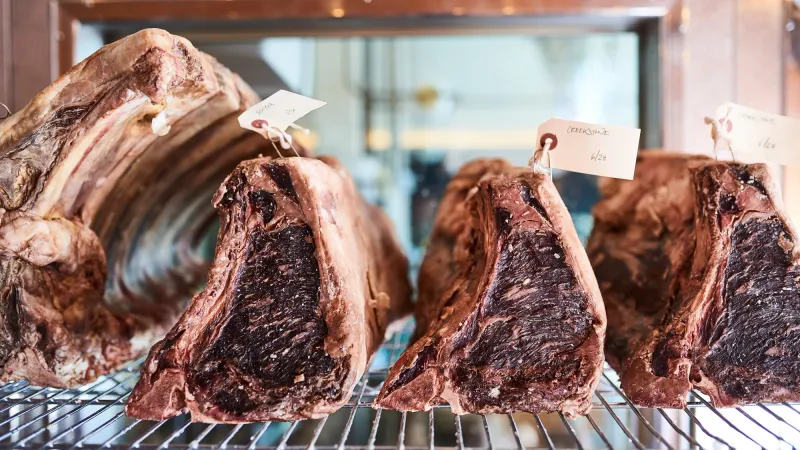
The aging process, whether dry or wet, can drastically affect a steak’s flavor and texture. Dry-aged steaks are known for their intense flavor, while wet-aged ones might be more subtle and tender.
Aging allows enzymes to break down muscle fibers, enhancing tenderness. It can make a significant difference in taste, making the steak more savory and enjoyable.
When browsing the menu, take note of aging descriptions. Aged steaks might come at a premium, but the unique taste and texture can be worth the investment.
Neglecting Seasoning

A steak’s flavor can be amplified with the right seasoning. Some might think a high-quality steak doesn’t need any, but a pinch of salt and pepper can elevate its taste.
Proper seasoning enhances the meat’s natural flavors and creates a savory crust when seared. This crust can add an additional layer of taste.
Don’t underestimate the power of seasoning. It’s a simple step, yet it can transform your steak from good to unforgettable. Embrace seasoning to enjoy a well-rounded flavor profile.
Overcooking the Steak

Cooking steak to the right doneness is an art. Overcooked steak often turns chewy and loses its juiciness, leaving diners dissatisfied.
Each level of doneness provides a different flavor and texture. Medium-rare is often recommended for its balance between tenderness and flavor.
Trust the chef’s recommendation or specify your desired doneness carefully. A perfectly cooked steak should be juicy and flavorful, providing a delightful eating experience. Remember, overcooking can strip away much of what makes steak enjoyable.
Skipping the Resting Period
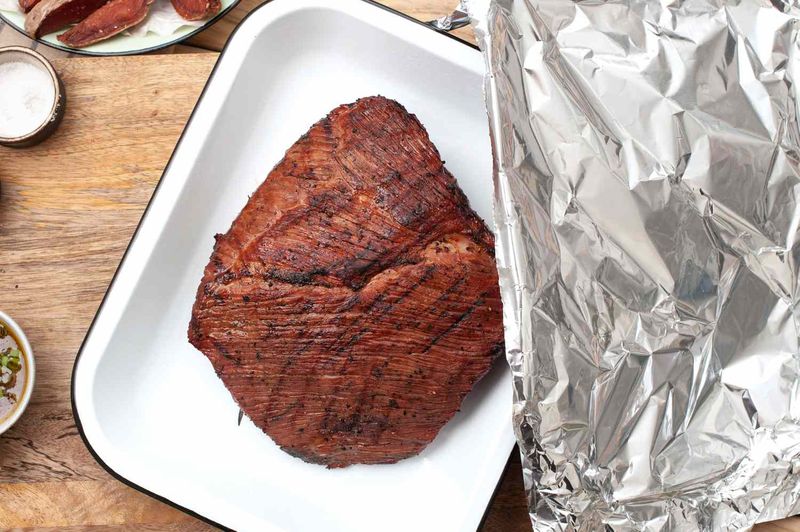
After cooking, steak needs to rest. This vital step allows juices to redistribute, ensuring each bite is moist and flavorful.
Skipping resting can lead to a dry steak. The juices, if not given time to settle, might run out the moment you cut into the meat.
Patience is key. Allow your steak a few minutes to rest post-cooking. This small wait can make the difference between a dry and a deliciously juicy steak. Prioritize resting time for the best results.
Choosing Wrong Cooking Method
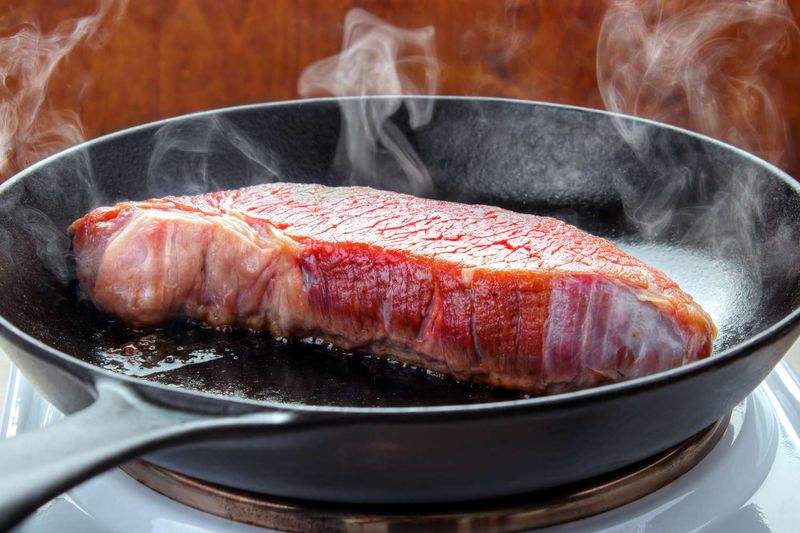
Different steaks benefit from different cooking methods. Grilling might suit some cuts, while others thrive in a pan-seared environment.
Knowing the right method can enhance a steak’s taste and texture. A smoky grilled steak differs immensely from a seared one, each bringing its unique flair.
Before ordering, think about the cooking method that aligns with your flavor preference. Whether it’s the sear’s crust or the grill’s smokiness, choose wisely for a memorable steak experience.
Failing to Specify Doneness

When ordering steak, specifying your preferred doneness is crucial. It helps ensure that your steak arrives exactly how you like it.
Doneness ranges from rare to well-done, each offering a distinct texture and flavor. A precise order prevents any unwanted surprises.
Don’t hesitate to voice your preference. A well-informed order guarantees satisfaction, allowing you to enjoy your meal fully. Take control of your dining experience by making clear requests.
Ignoring Accompaniments
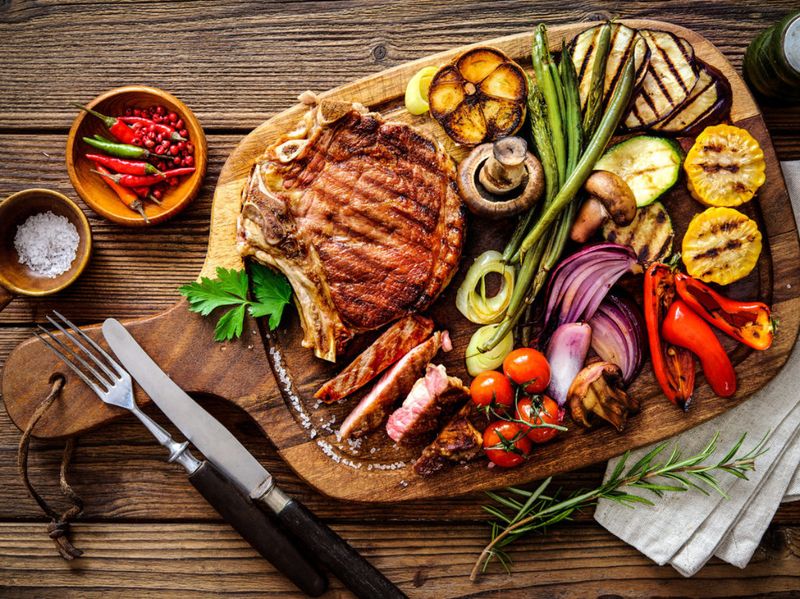
A steak’s accompaniments can enhance or detract from the experience. Sides and sauces are more than just extras; they complement the main dish.
Pairing steak with the right sides and sauces can elevate its flavor profile. Think about flavors that contrast or enhance the steak’s richness.
Consider what accompanies your steak carefully. The right pairing can transform a great steak into an unforgettable meal. Pay attention to these details to truly savor your dining experience.
Misjudging Portion Size
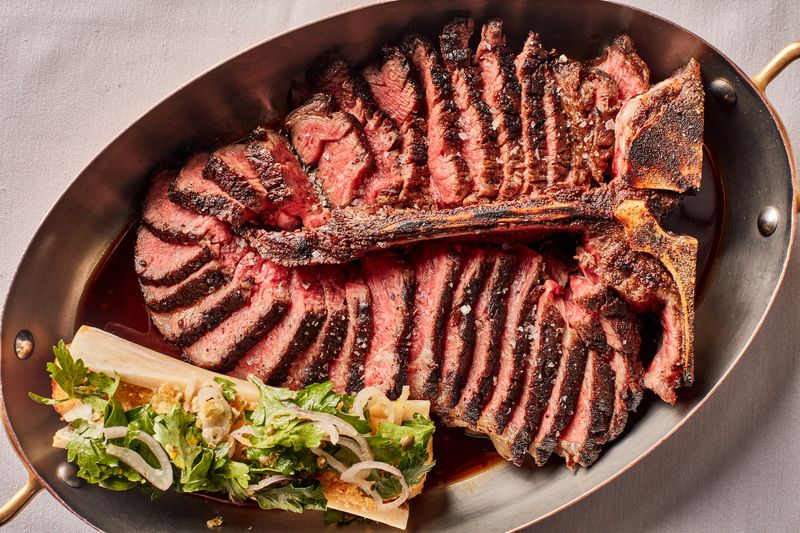
Imagine eagerly anticipating a steak dinner, only to be overwhelmed by an enormous cut. While size might impress, it can easily lead to waste or overeating. Choosing the right portion is crucial to enjoying your meal fully.
Consider your appetite and side dishes when ordering. Opt for a size that satisfies but doesn’t overwhelm. A balance ensures you relish every bite without regret.
A fun fact: the average steak portion in the U.S. is larger than in many other countries, reflecting cultural differences in dining preferences.
Neglecting the Wine Pairing

Wine can transform a steak meal from ordinary to exceptional. Yet, many diners overlook this pairing, missing out on a symphony of flavors. The right wine complements the steak, enhancing its richness and depth.
Engage with the sommelier or server for recommendations. They can guide you to a pairing that matches your steak’s profile.
Did you know? Red wines like Cabernet Sauvignon and Malbec are classic choices, but adventurous palates might explore unique blends or even rosé for a fresh twist.
Ignoring Special Diet Needs
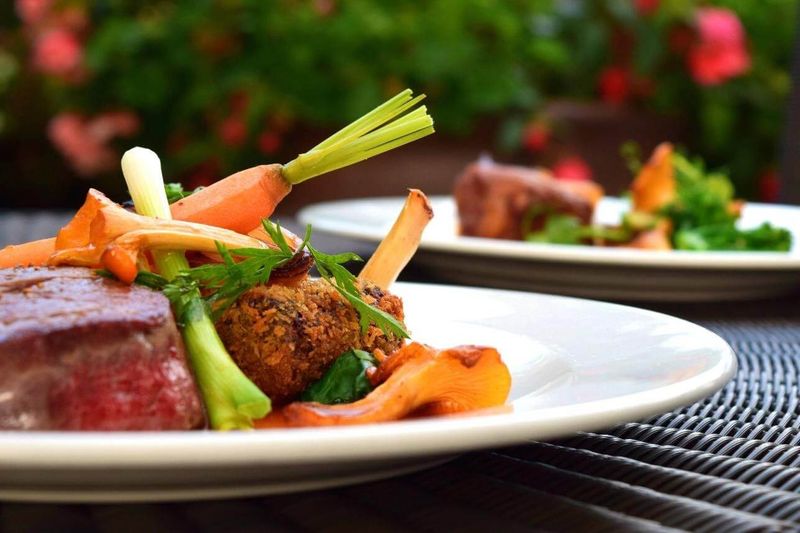
In dining, awareness of dietary needs is vital. Many individuals ignore this when ordering steak, leading to discomfort or exclusion. Most steakhouses offer alternatives to cater to various diets.
Communicate your requirements clearly to the staff. They often have substantial knowledge and options available to accommodate different needs.
Fun fact: Some restaurants now serve plant-based steaks, offering a new twist on traditional dining without compromising ethics or dietary restrictions.
Underestimating Sides Importance
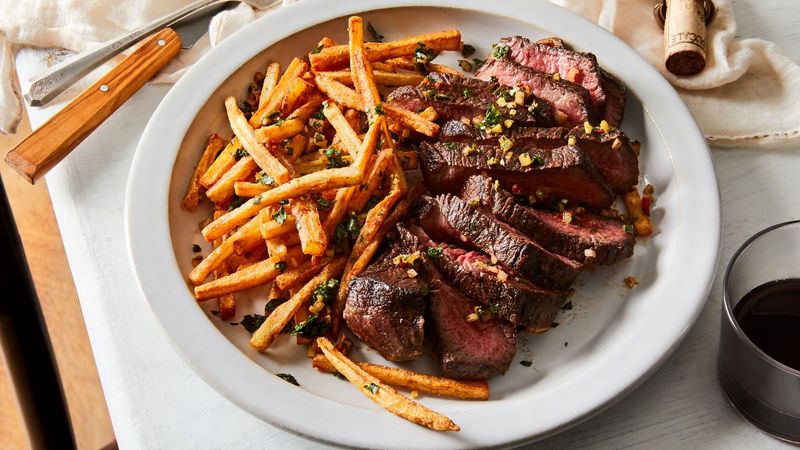
Sides are more than just plate fillers; they enhance the steak experience, bringing balance and variety. Overlooking them can lead to a monotonous meal.
Experiment with different sides. Classic options like mashed potatoes or innovative picks like truffle fries can elevate your dish.
A quirky tidbit: In Argentina, chimichurri sauce is a popular side, offering a zesty, herby complement that dances with the steak’s flavors.
Not Asking About Cooking Method
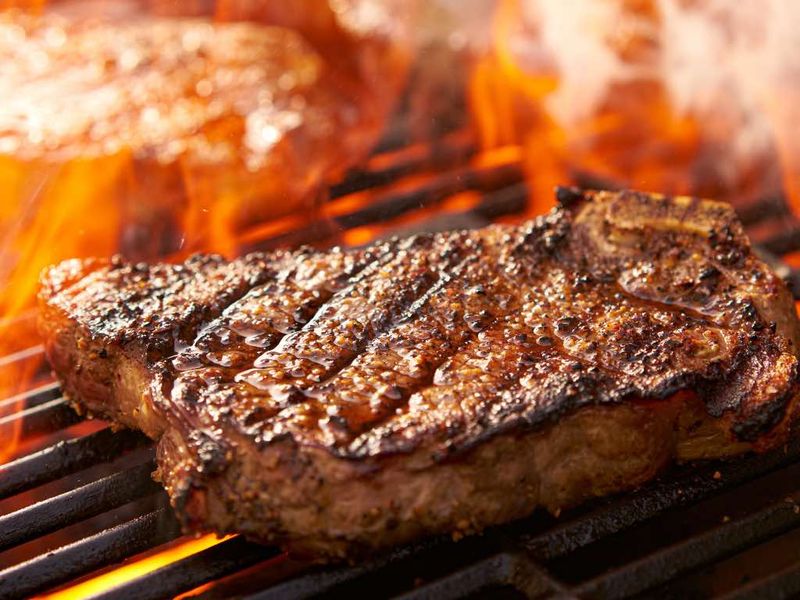
The magic of steak often lies in the cooking method. Grilled, broiled, or pan-seared, each technique imparts unique flavors and textures. Many diners forget to inquire about this, missing out on personalized preferences.
Discuss with your server or chef. Your choice can influence the steak’s juiciness and crust.
Here’s an interesting fact: The reverse-sear method, which involves slow-cooking before searing, is gaining popularity for its consistency and flavor depth.
Skipping the Sauce
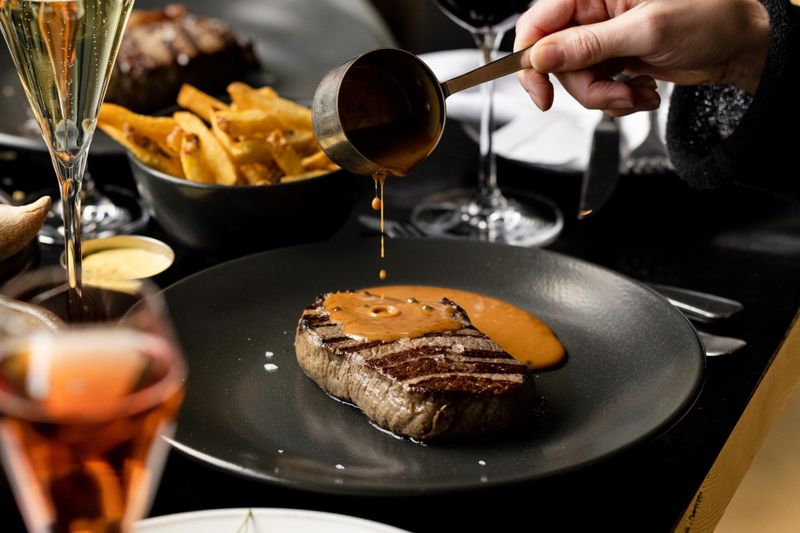
Sauces can elevate a steak, adding layers of flavor that enhance the meat’s natural taste. Ignoring them may mean missing out on an enriched dining experience.
Explore different sauce options. From classic béarnaise to spicy chimichurri, each offers a unique twist.
Fun trivia: The famous steak sauce, A1, was created in the early 19th century and remains popular due to its rich, complex flavor profile.
Disregarding Presentation
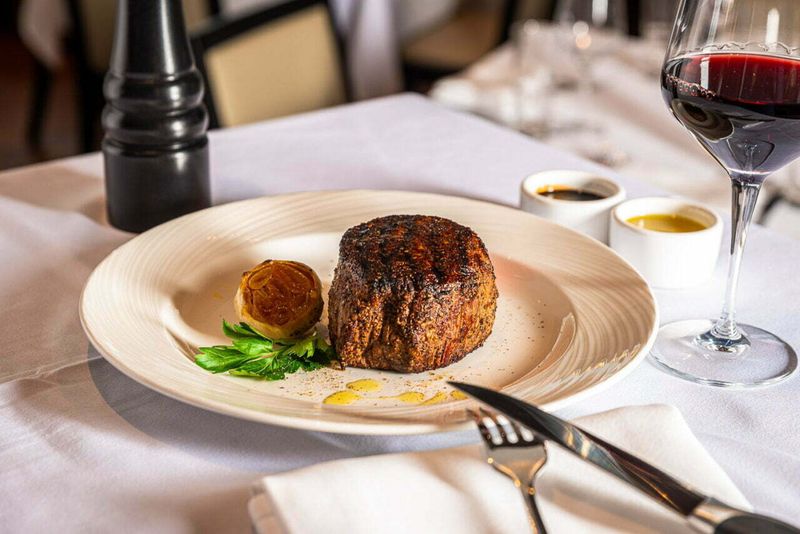
Presentation in steak dining is a forgotten art. A visually appealing plate enhances anticipation and enjoyment, yet many overlook this aspect.
Choose a steakhouse renowned for its presentation. Appreciate the artistry that goes into plating.
Did you know? Some chefs spend years perfecting their plating techniques, viewing it as a form of edible art.
Forgetting to Ask About Source
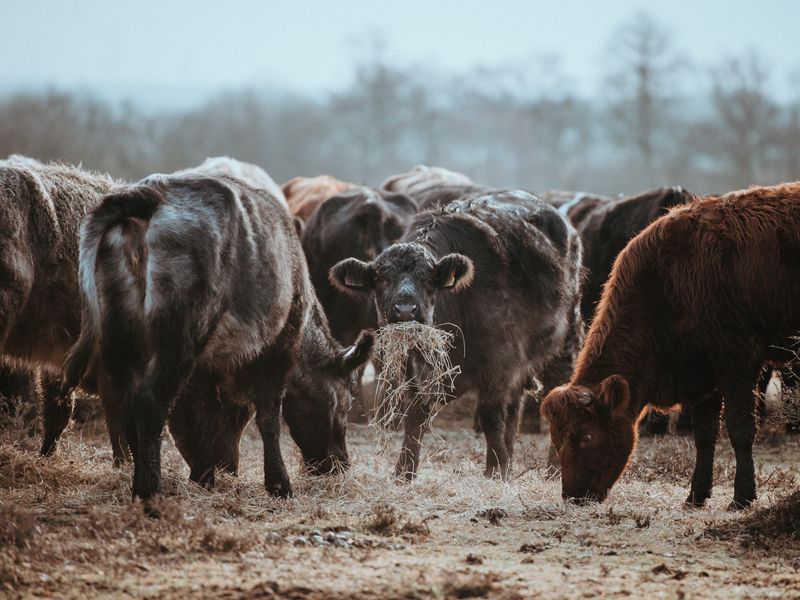
Knowing where your steak comes from can enrich your dining experience. Many diners ignore this detail, missing out on a connection with their meal’s origin.
Inquire about the steak’s source. Grass-fed, organic options often offer superior taste and ethical benefits.
Fun fact: The farm-to-table movement emphasizes local sourcing, promoting sustainability and freshness in dining.
Overlooking Steak Temperature
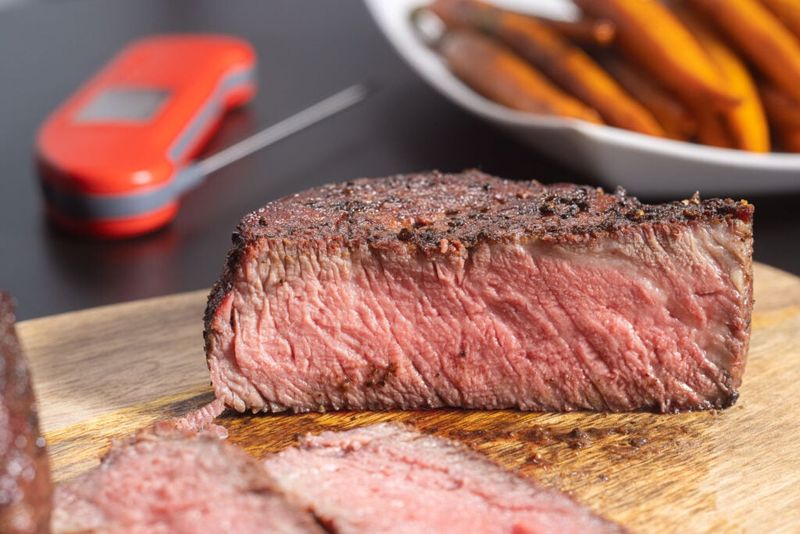
The joy of steak is often found in its juicy, tender interior. Many diners fail to consider the internal temperature, leading to unexpected results.
Ask for a specific temperature when ordering. This ensures your steak is cooked to your liking.
Did you know? Medium-rare, with an internal temperature of 130°F, is often recommended for optimal flavor and texture.
Not Considering Alternative Proteins
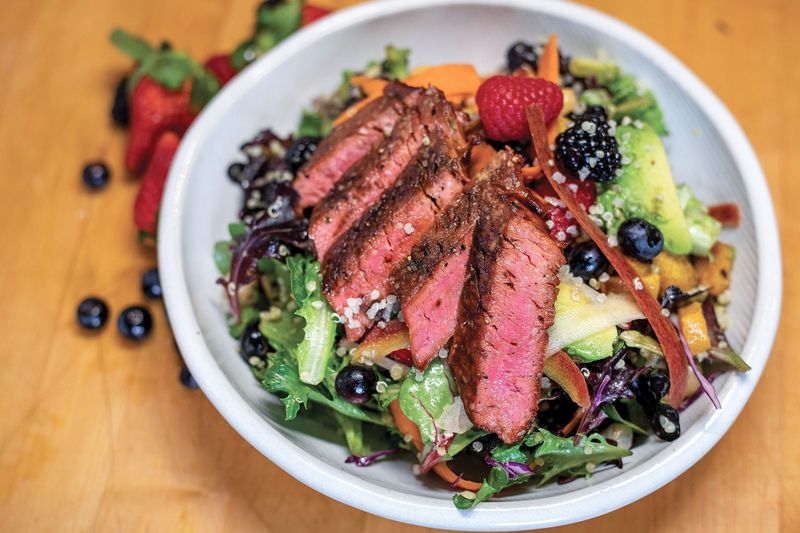
While steak is a classic choice, alternative proteins offer exciting culinary adventures. Many diners overlook these options, missing out on diversity.
Explore alternatives like bison or lamb. These can provide unique flavors and textures.
Fun fact: Bison is leaner than beef, offering a healthier red meat option that pairs beautifully with traditional steak accompaniments.
Leave a comment